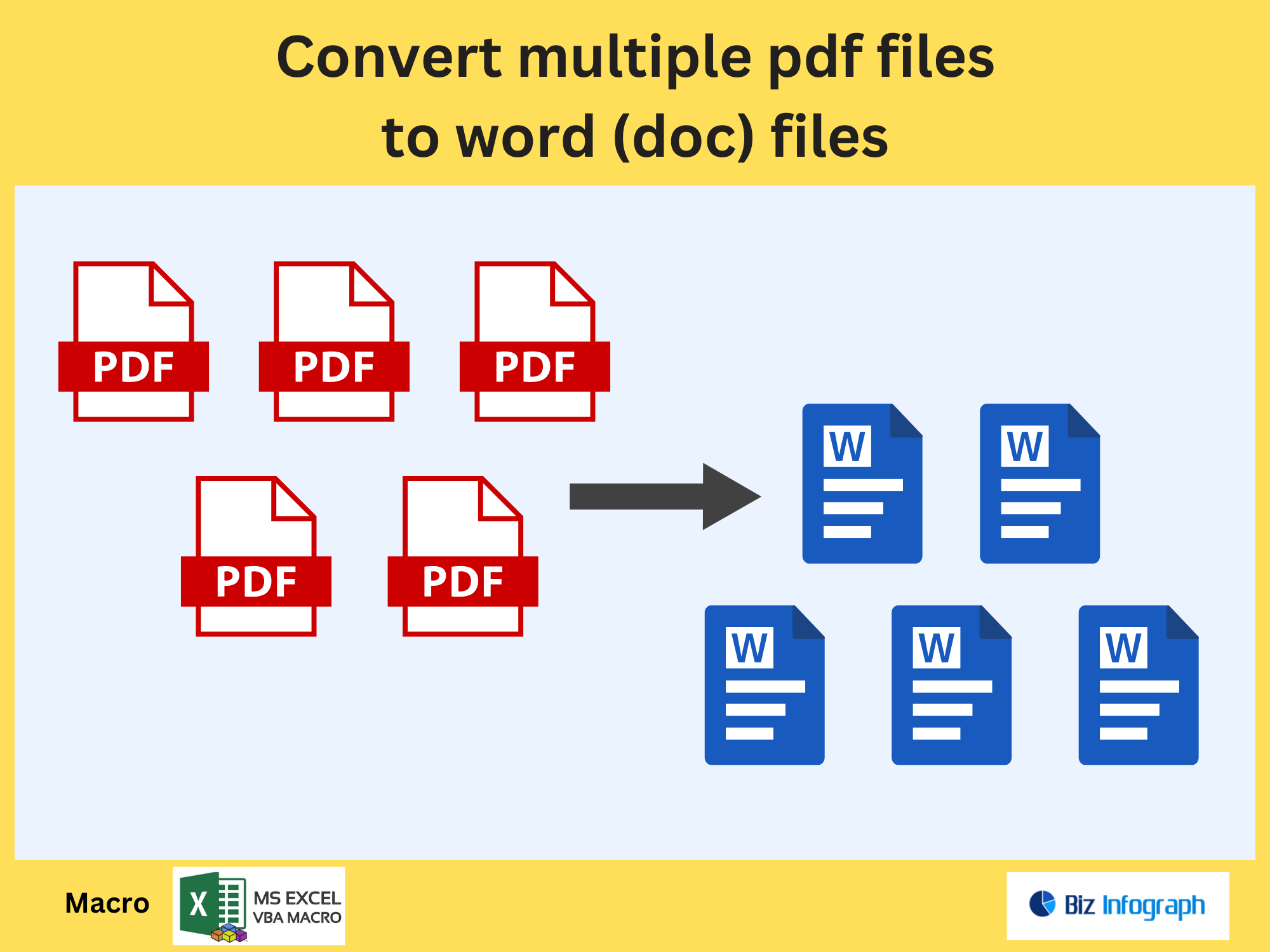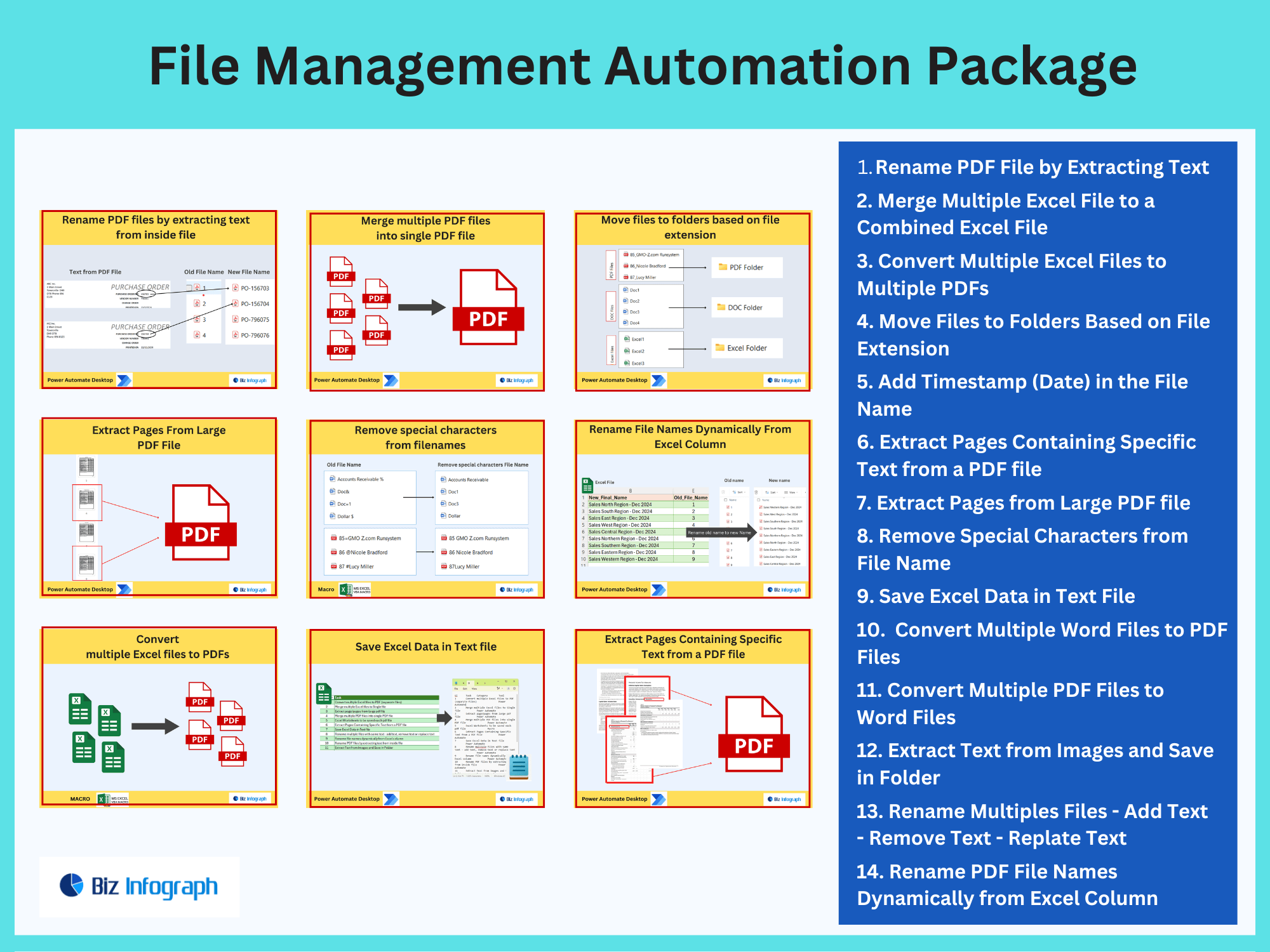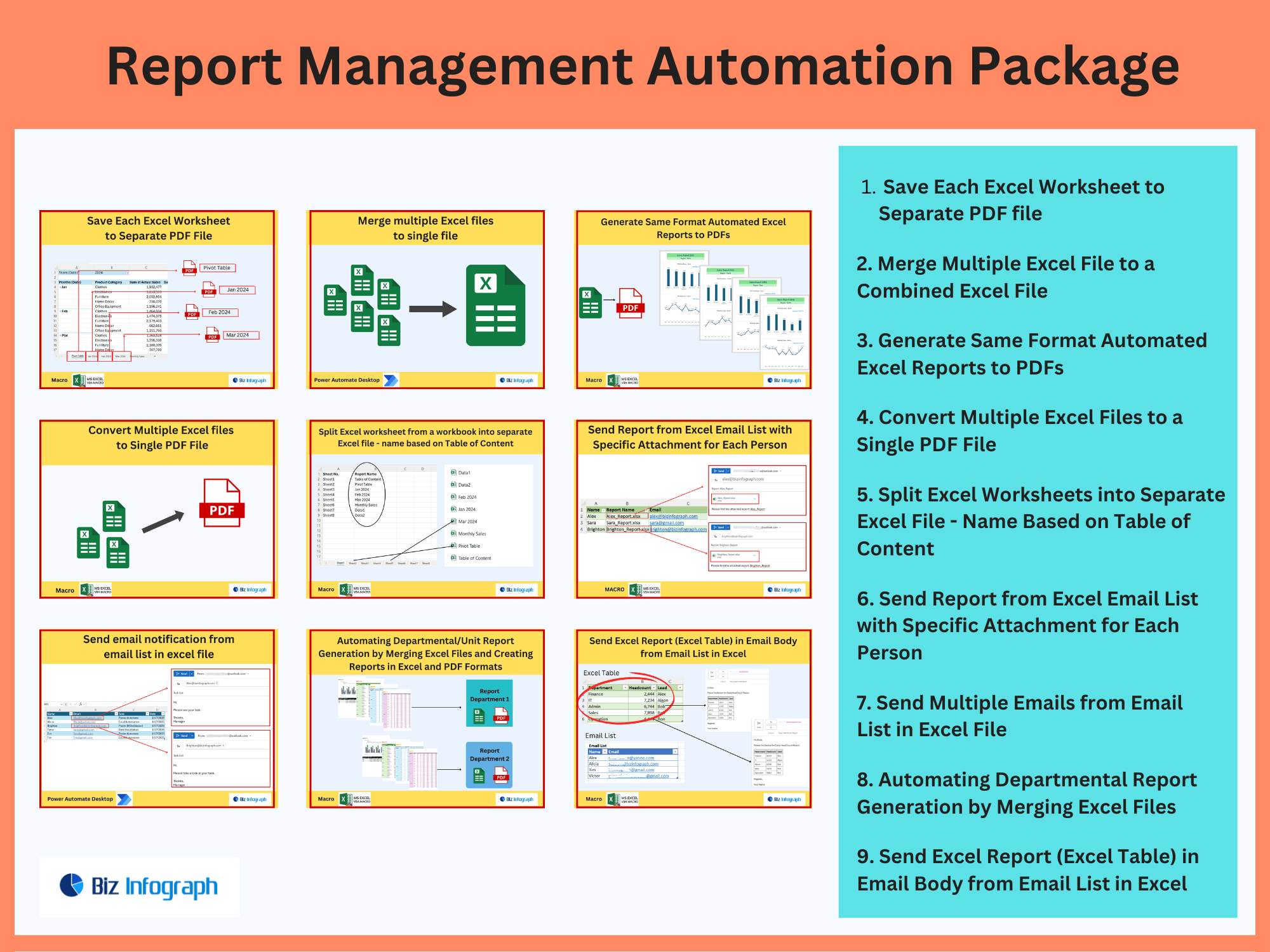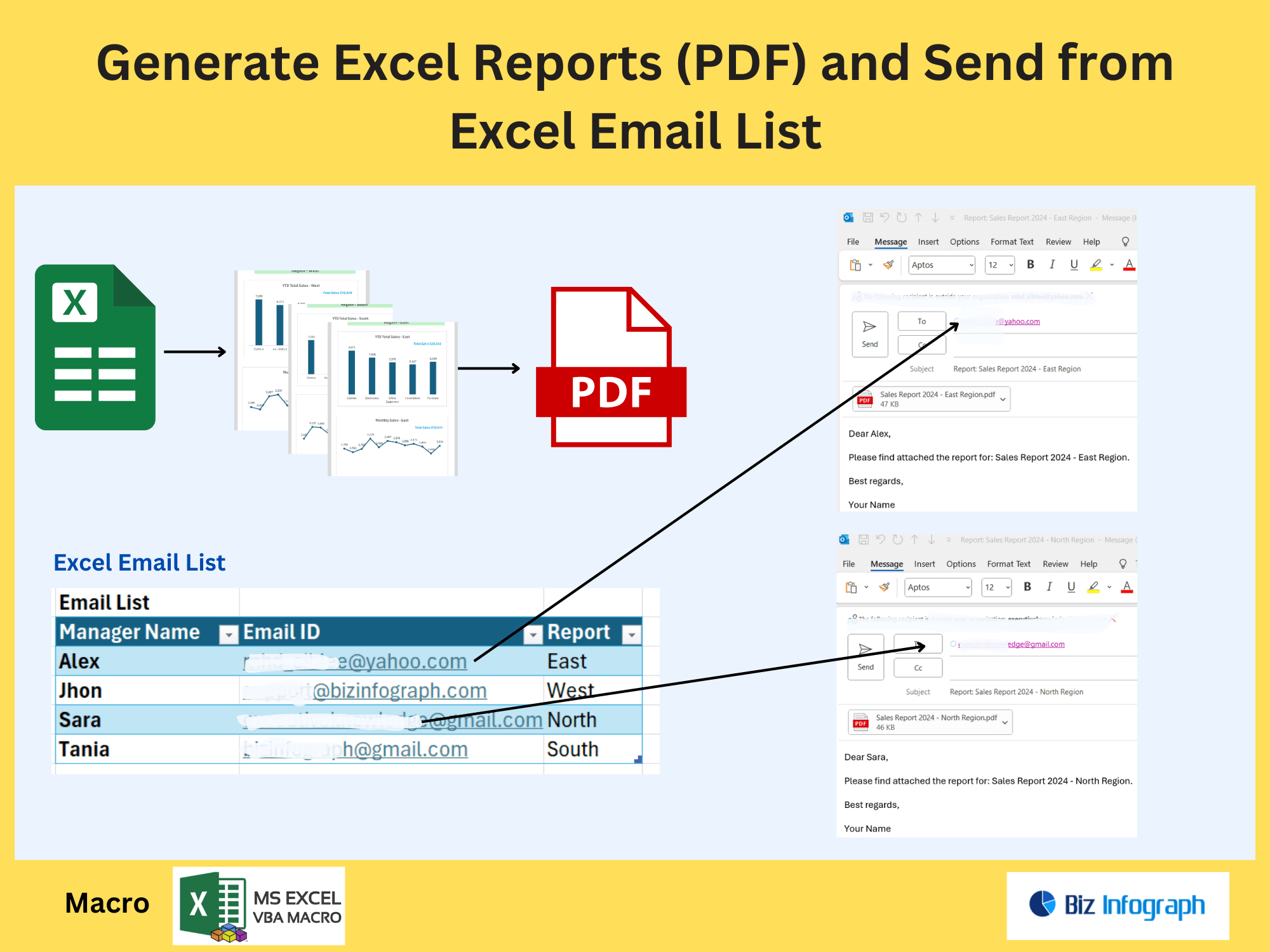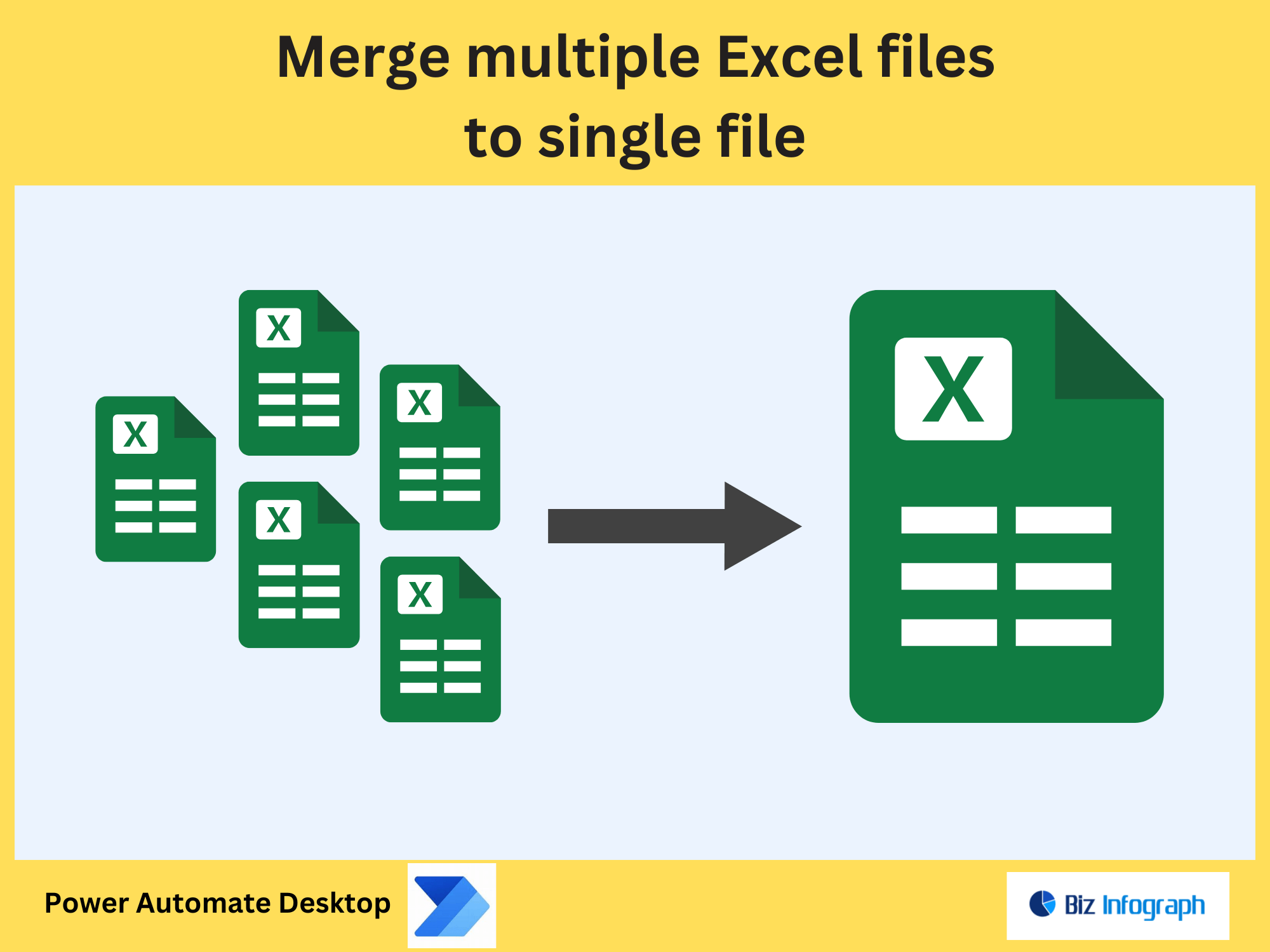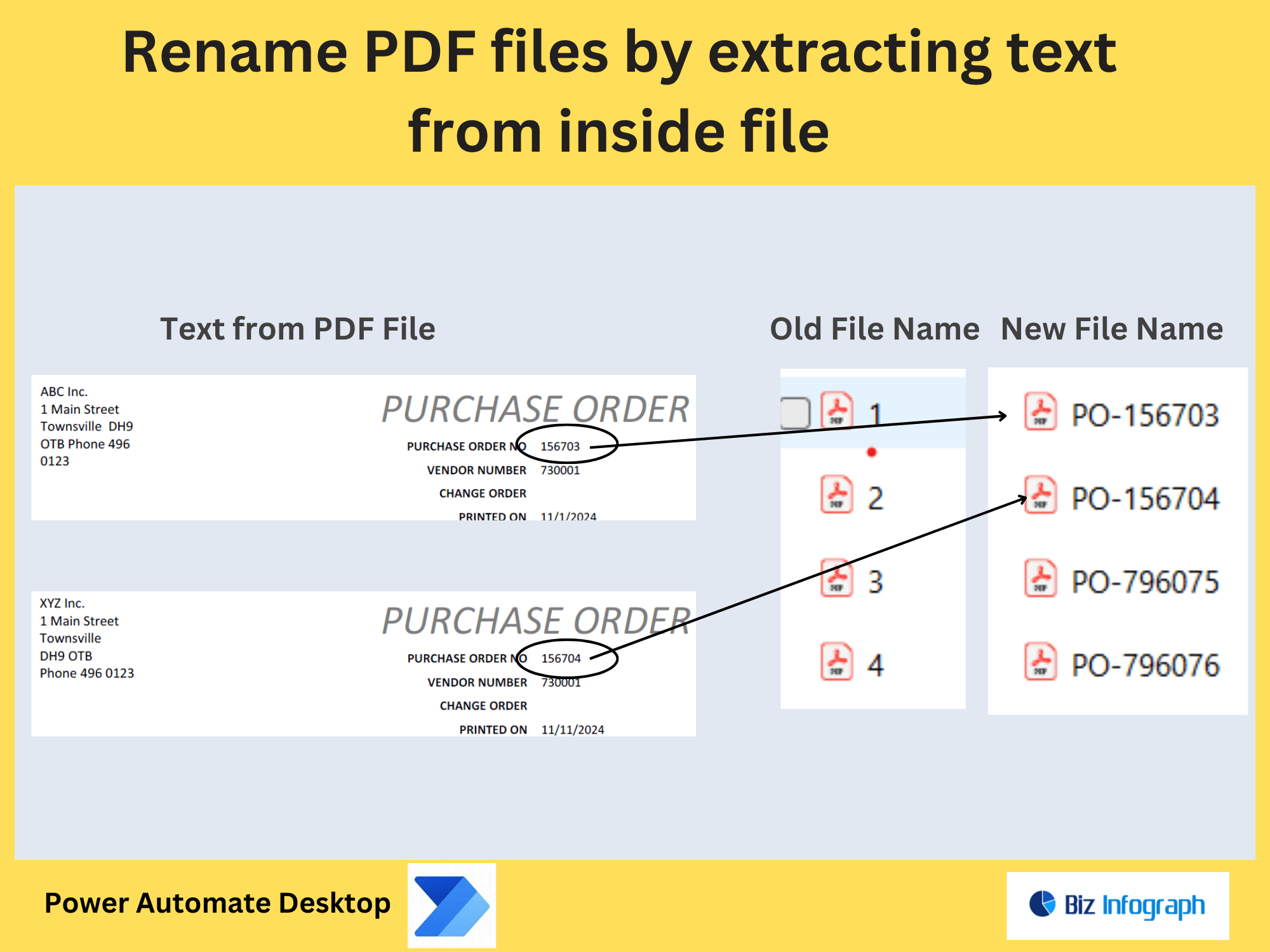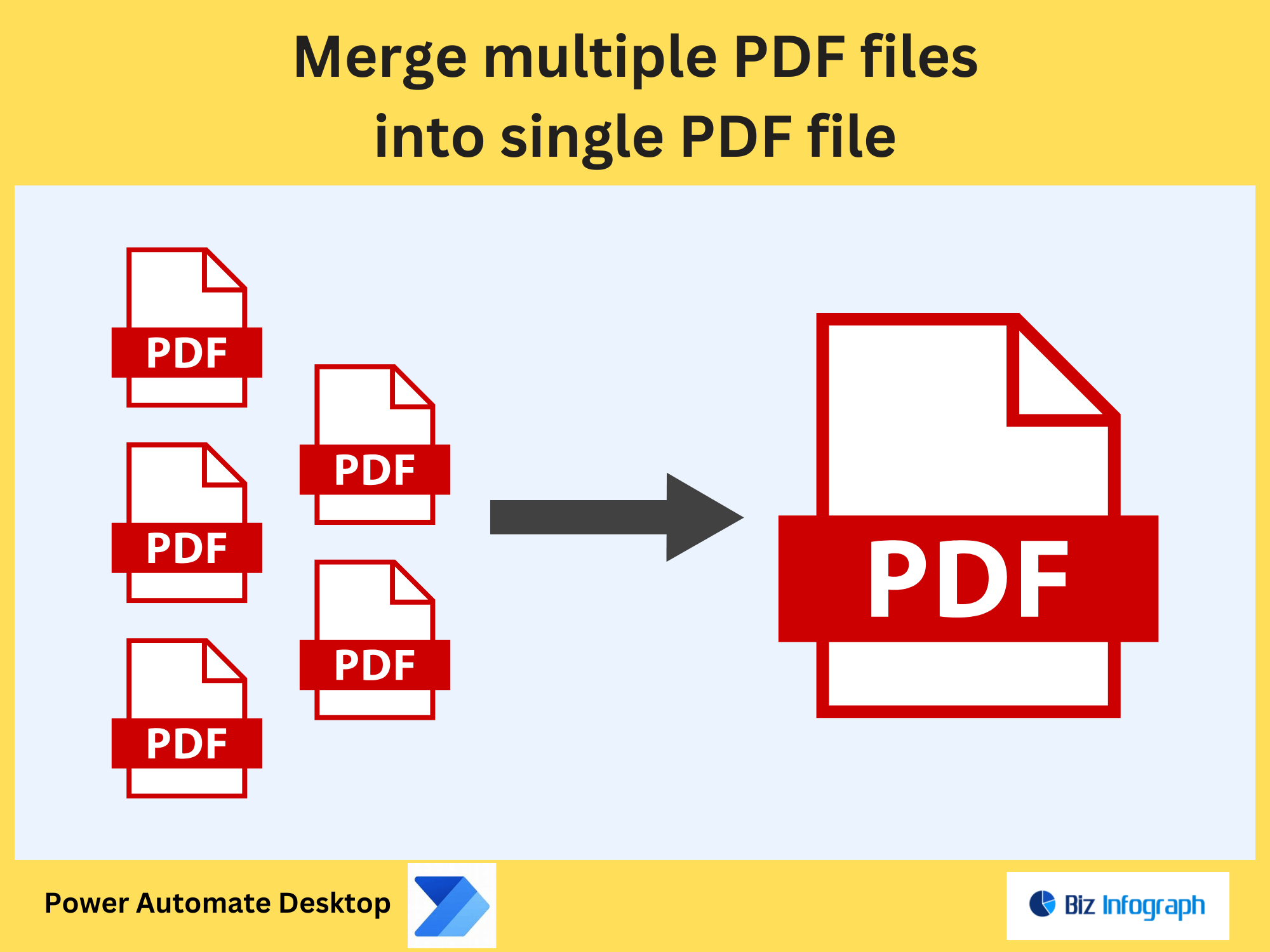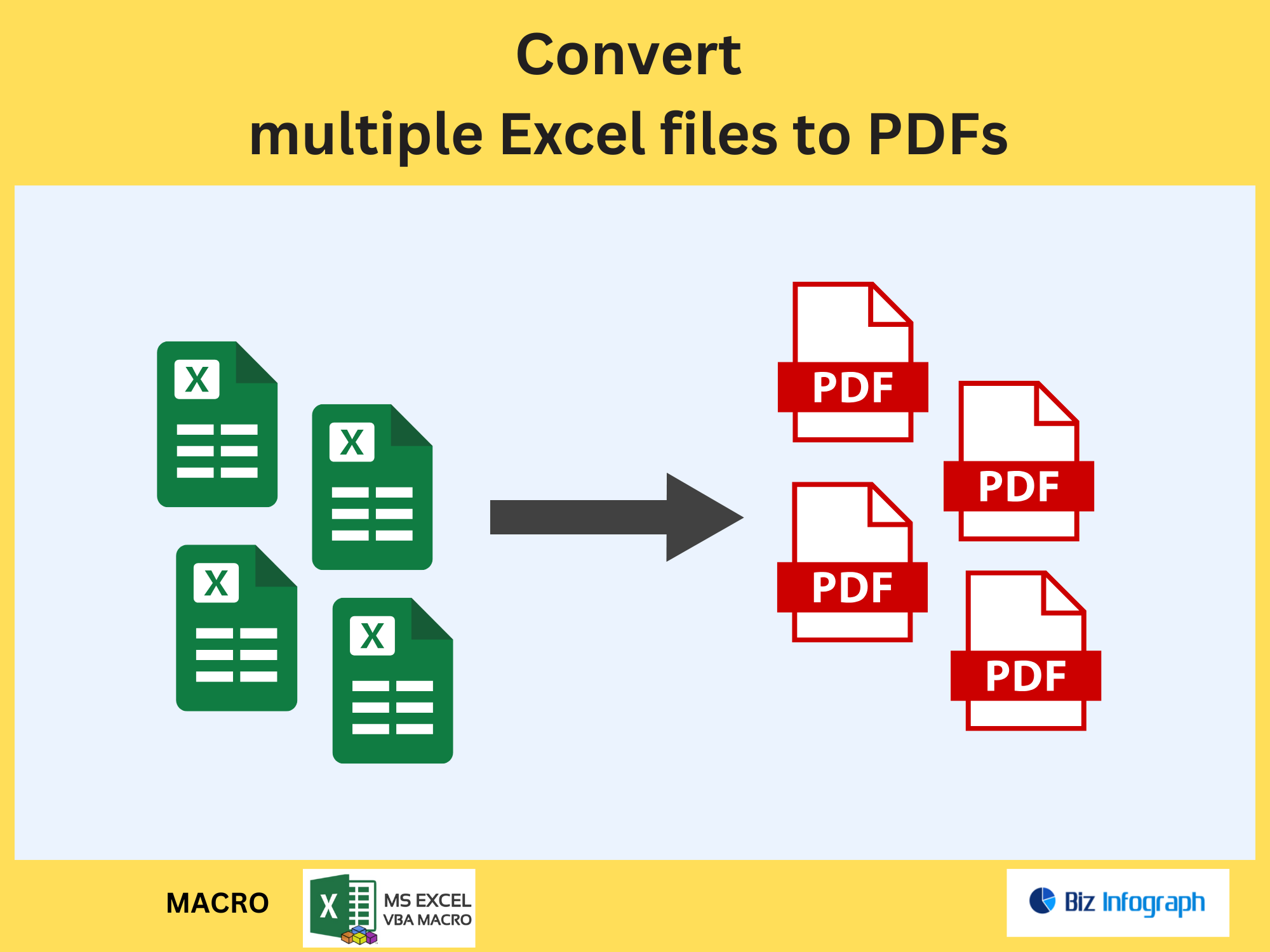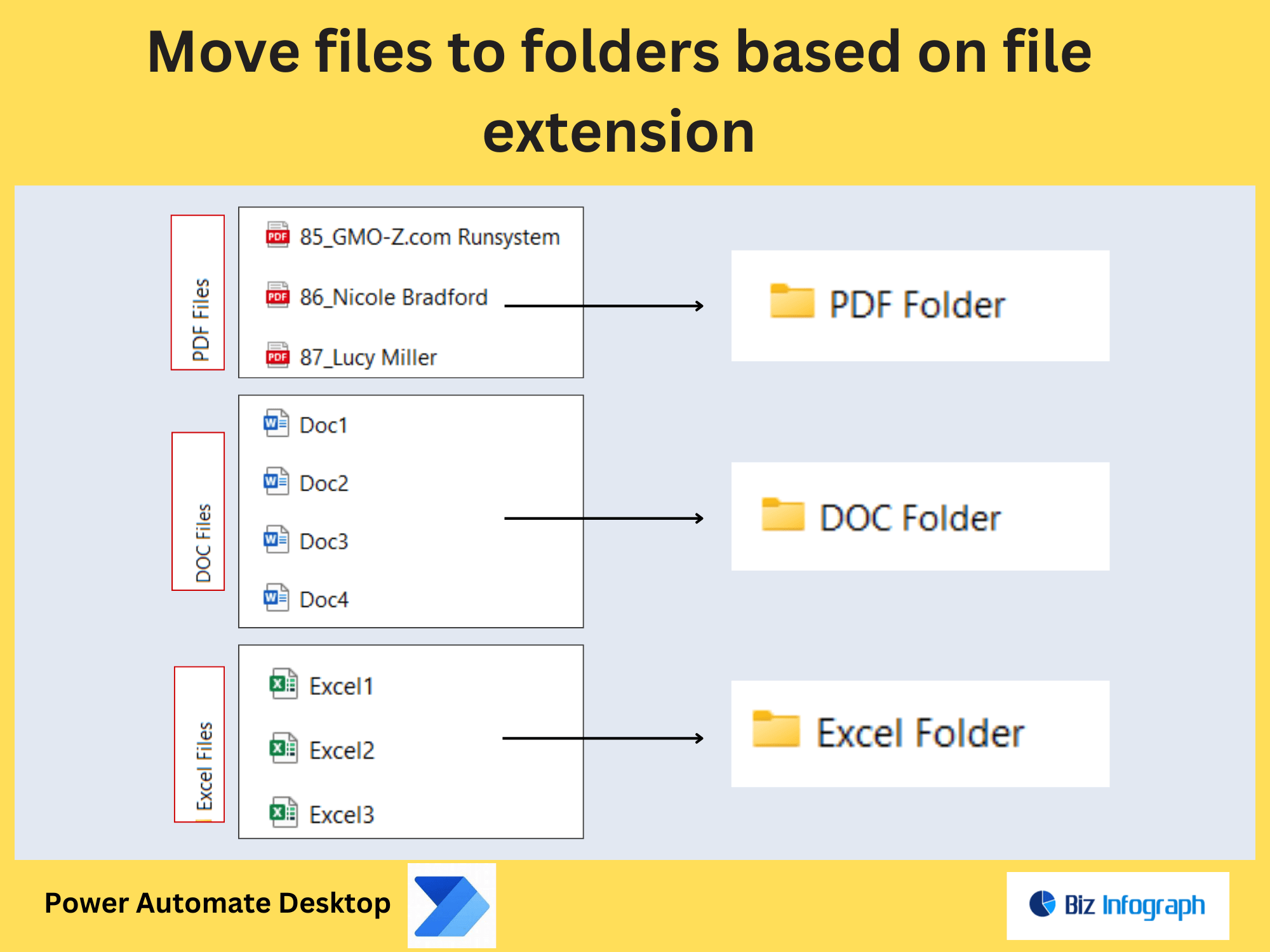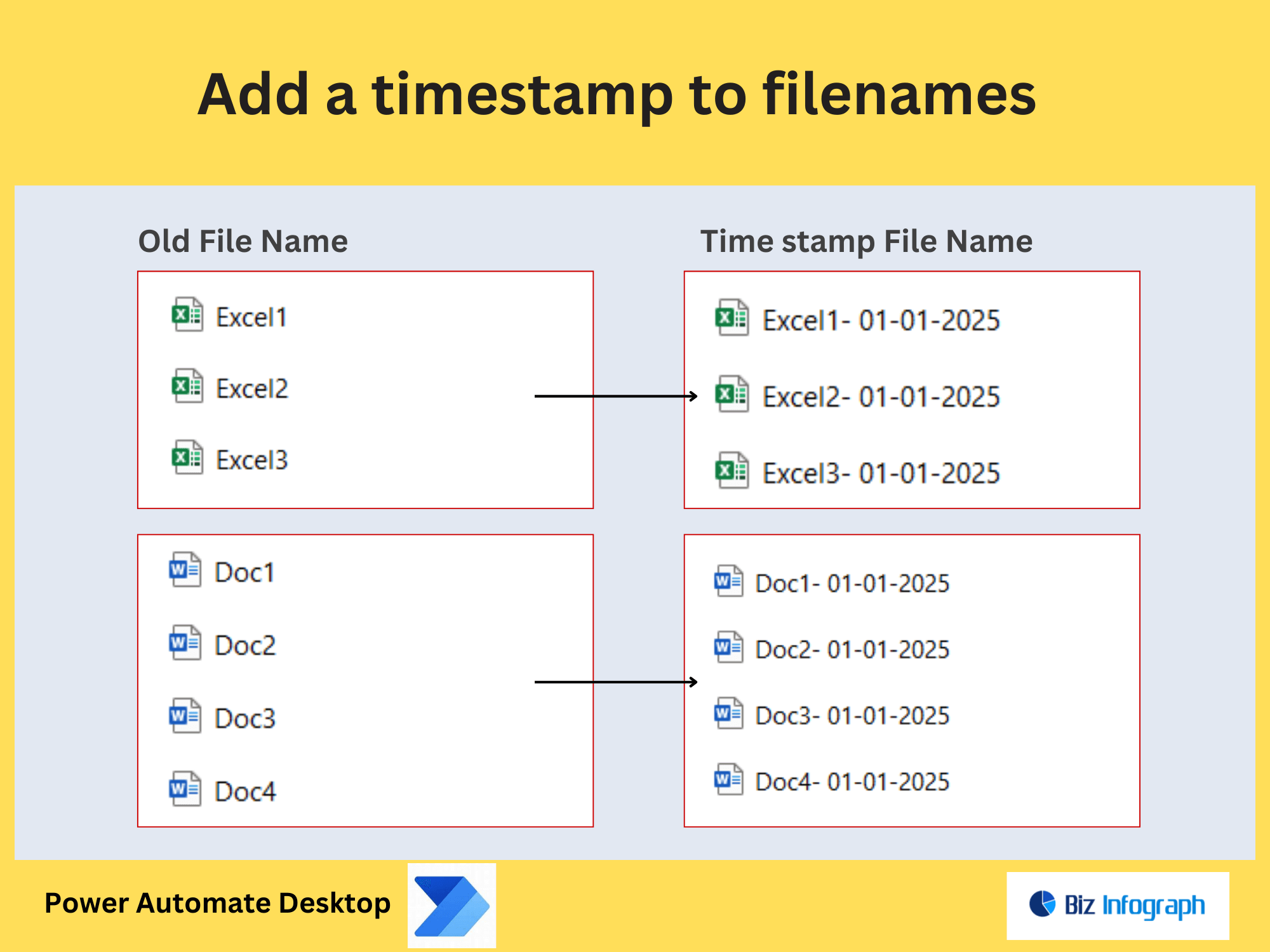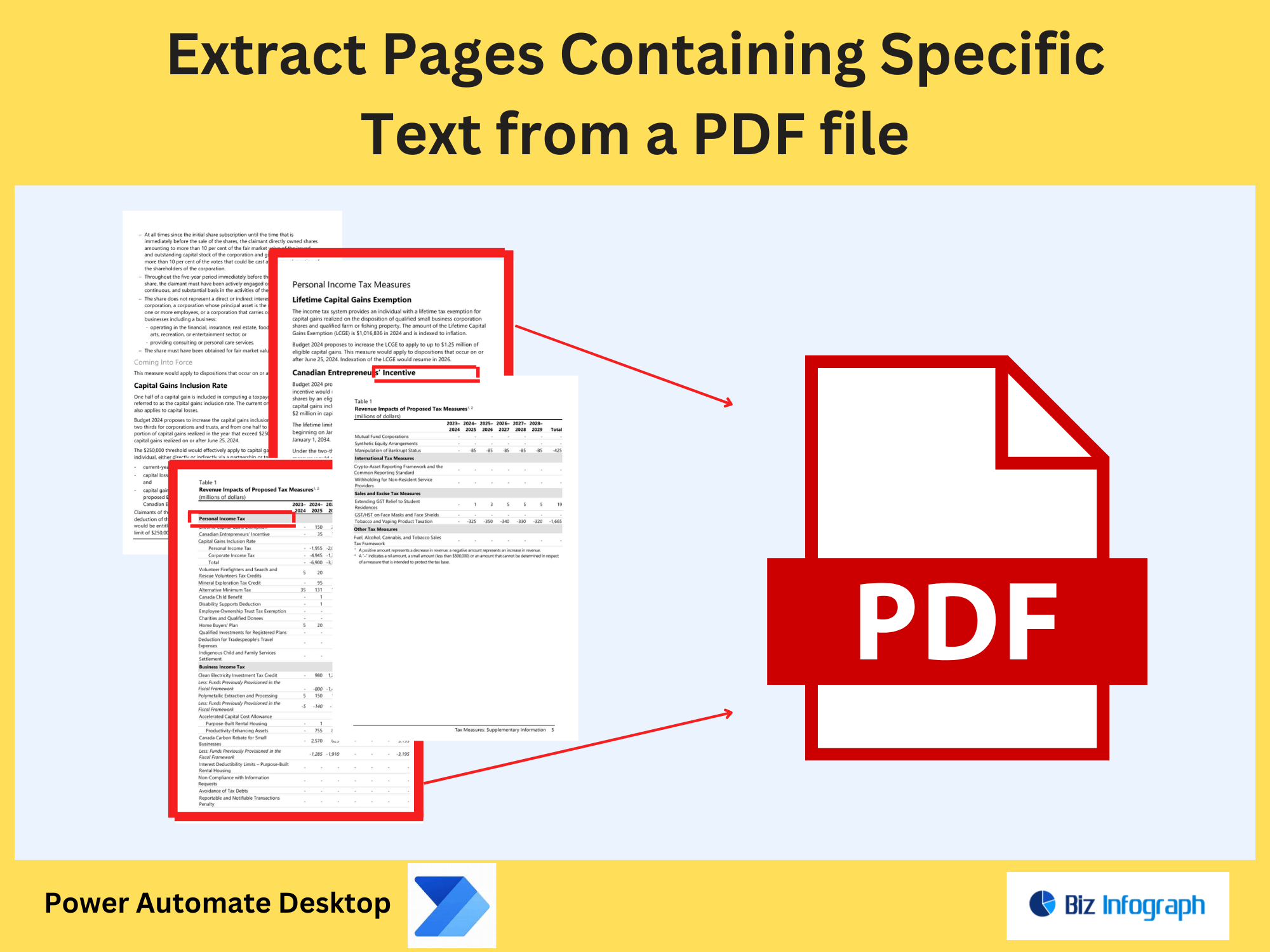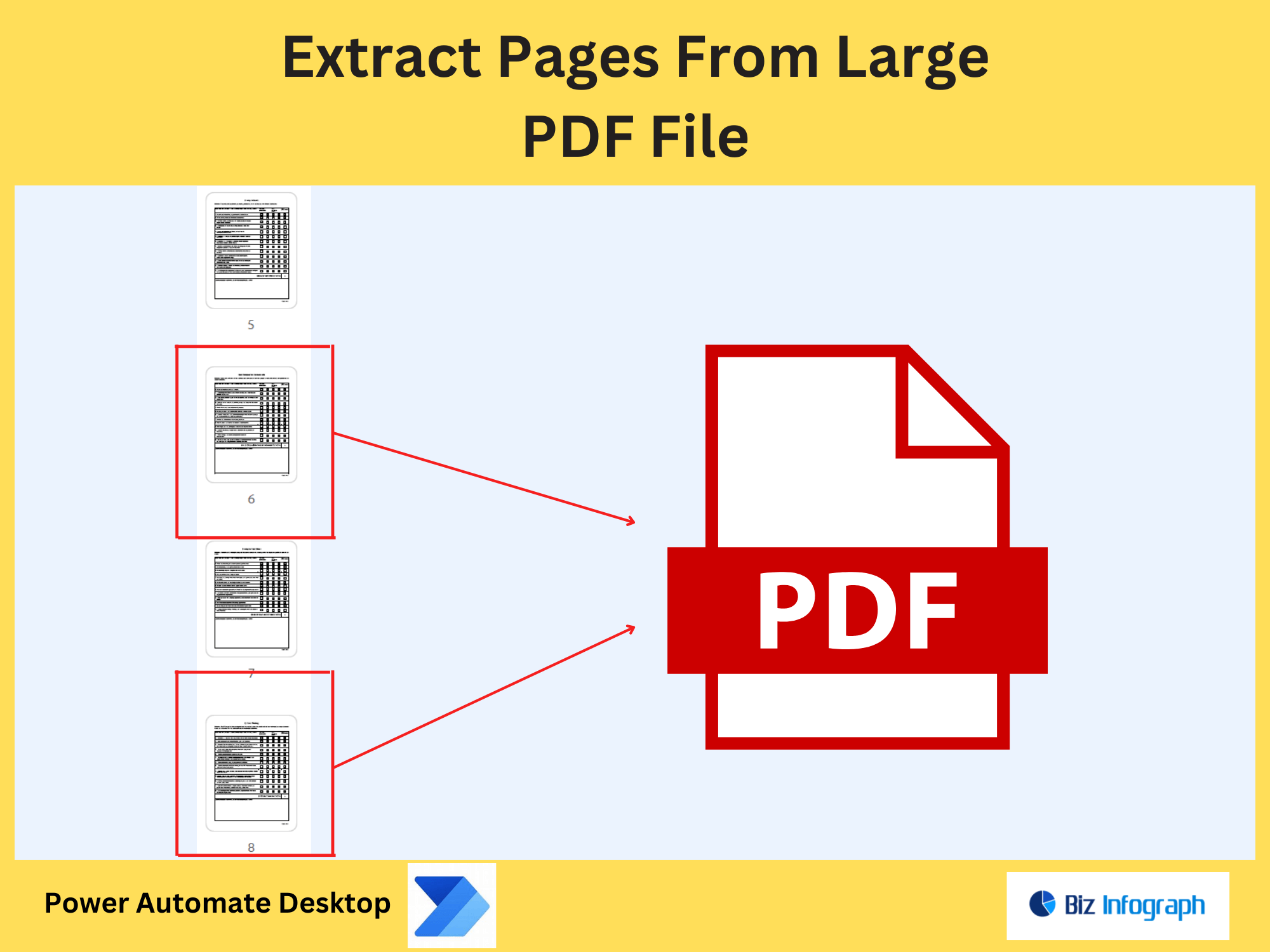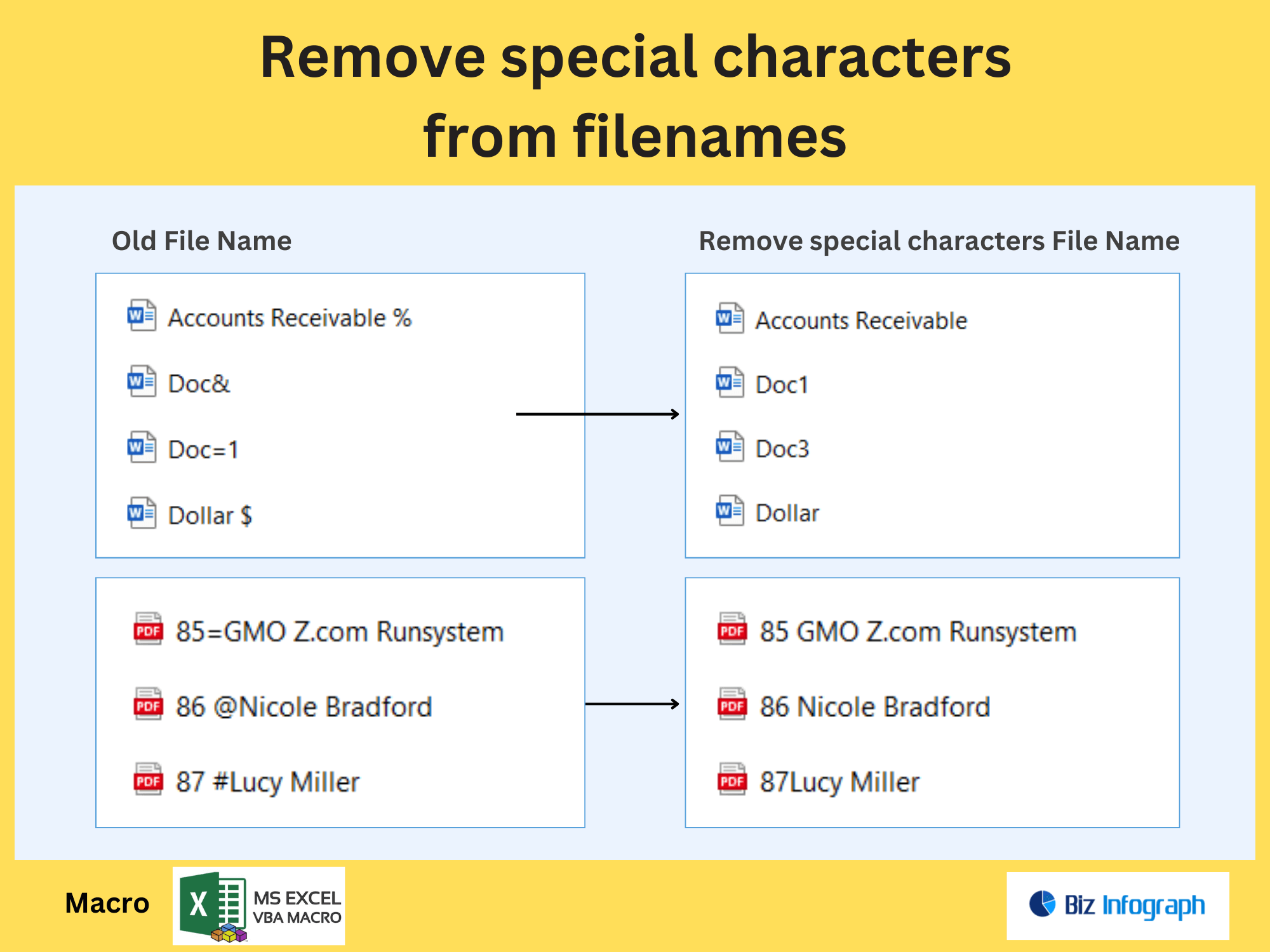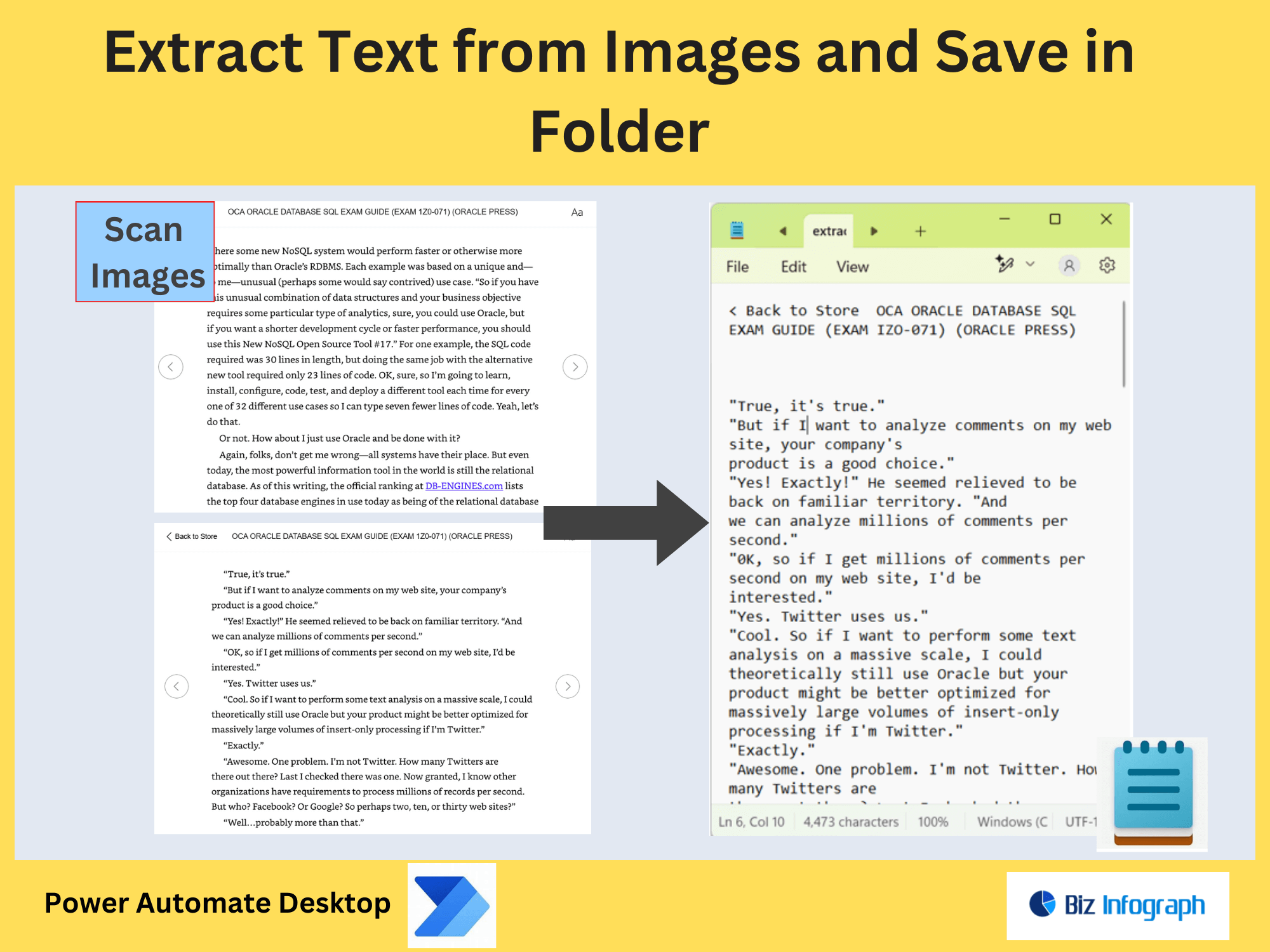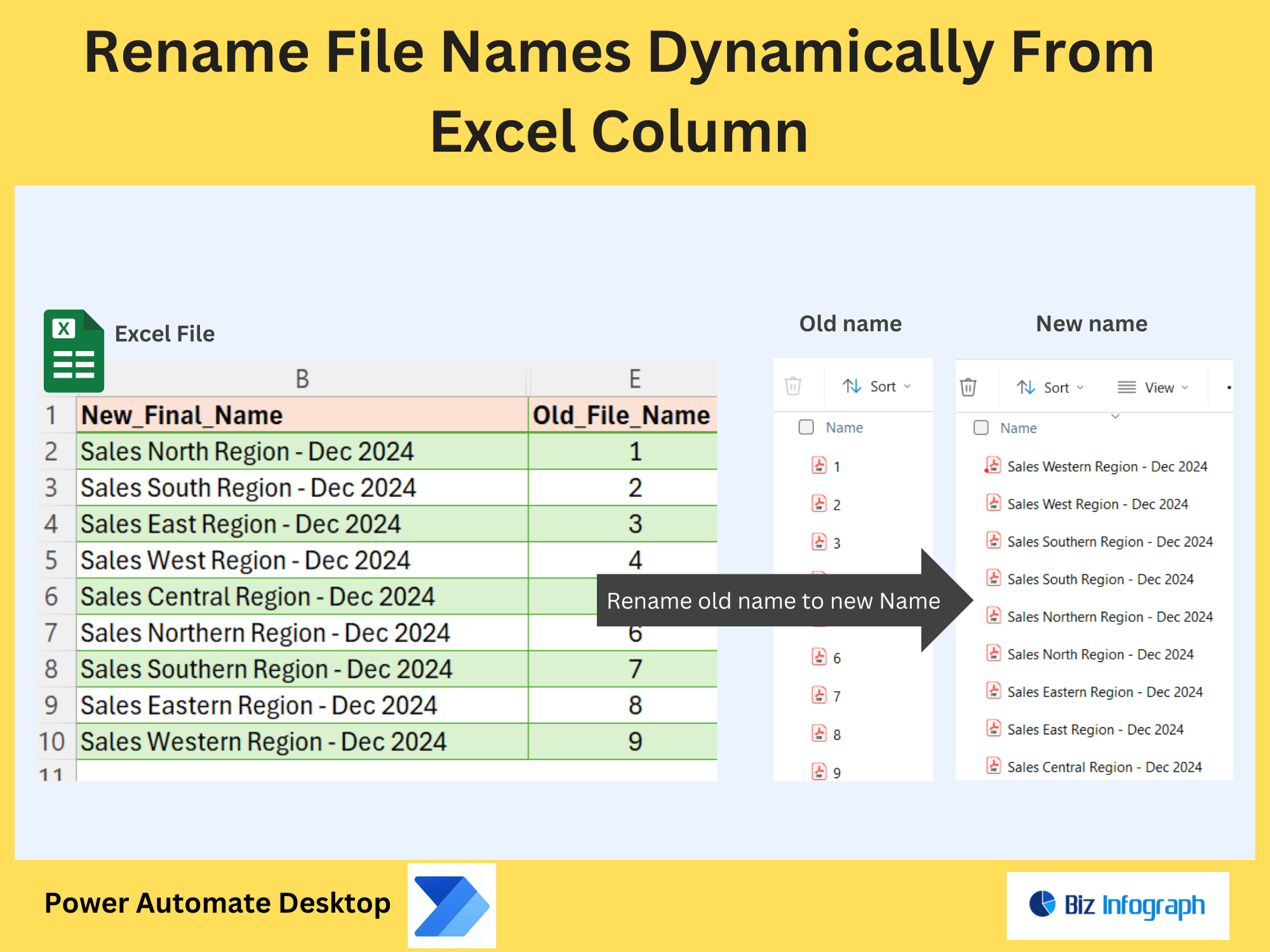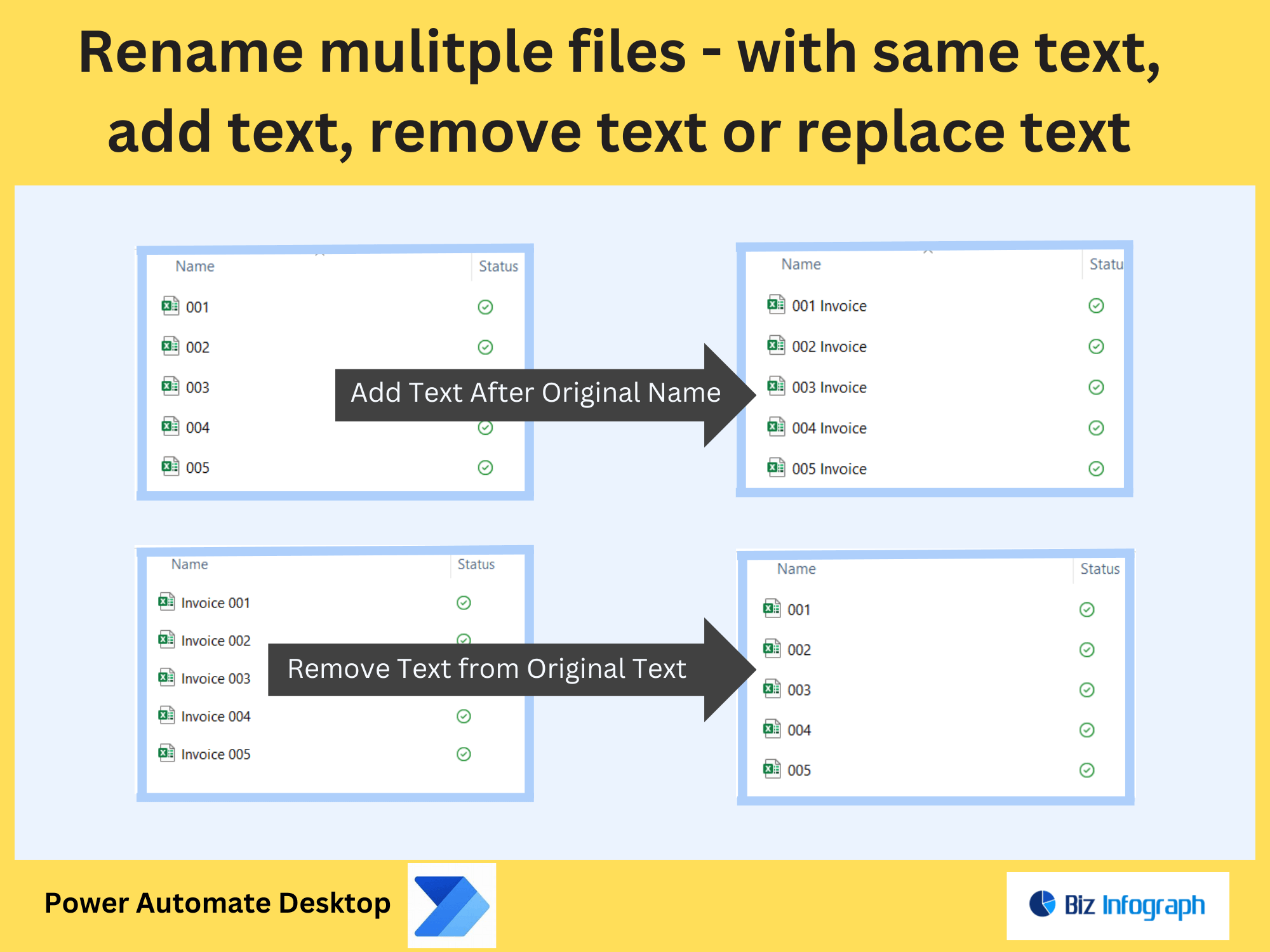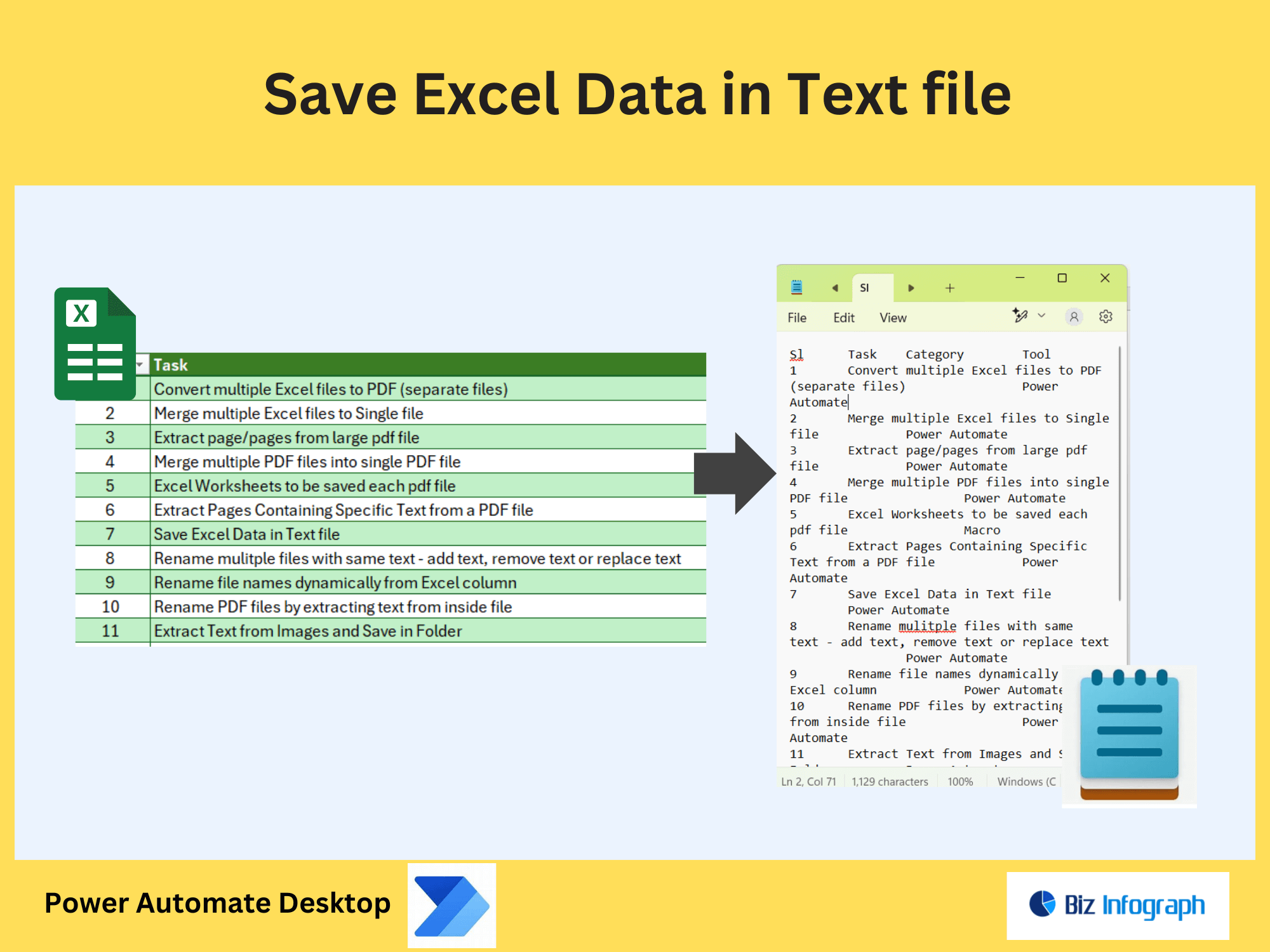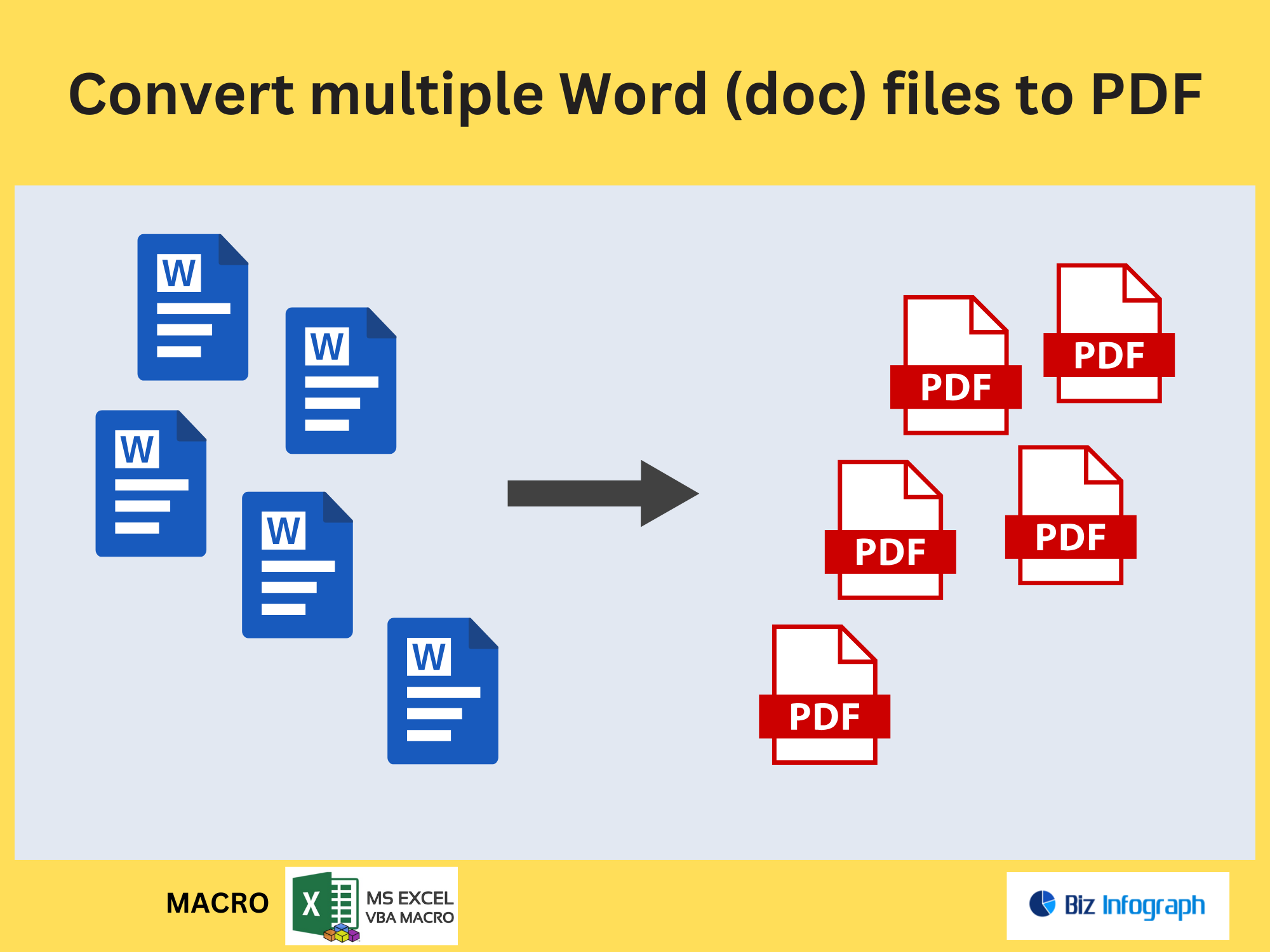Convert Multiple PDF Files to Word Files by Power Automate
Introduction to PDF to Word Conversion
Benefits of Converting PDF Files to Word
Converting PDF files to Word format using Power Automate offers numerous benefits. Word documents are editable, enabling easy revisions and collaboration. Unlike PDF documents, Word format allows seamless modifications, which is critical for businesses and individuals needing frequent updates. Converting PDF files to Word format provides flexibility in formatting, ensuring the content can be customized for various purposes without limitations.
Overview of Microsoft Power Automate for Conversion
Power Automate is an effective tool for automating the conversion of PDF files to Word documents. Using Power Automate, you can set up workflows to convert PDF documents on-demand or in bulk, enhancing efficiency. This platform integrates seamlessly with OneDrive, SharePoint, and other Microsoft 365 tools, enabling you to easily convert and save the converted files automatically.
Setting Up Power Automate Workflow
Creating a Power Automate Flow
To convert PDF to Word, start by creating a new flow in Microsoft Power Automate. You’ll learn to configure flows by selecting triggers such as file creation or manual launch. We’ll cover setting up actions, enabling you to define specific conversion processes.
Connecting Power Automate to OneDrive
Connect Microsoft Power Automate to OneDrive to access the folders where your PDF files content are stored. By linking OneDrive, you ensure that converted Word documents are saved directly into a designated folder, making the conversion process efficient and organized.
Converting Multiple PDF Files to Word
Selecting PDF Files for Conversion
Using Power Automate, you can convert multiple PDF files effortlessly. Select PDF files from your OneDrive or SharePoint document library for conversion. This step simplifies bulk conversions, making it ideal for businesses needing regular document transformations.
Configuring PDF to Word Conversion Action
Configure your Power Automate flow with the PDF to Word conversion action. Utilize connectors such as Encodian or built-in functionality to ensure accurate conversion. Specify output preferences like Word format (docx files) and select the destination folder for the new file.
Saving Converted Word Files to a Folder
After conversion, save the converted Word documents automatically in a designated folder. Power Automate’s create file action ensures that each file is created and stored securely, simplifying access and further editing tasks.
Automating the Conversion Process
Batch Convert Multiple PDF Files
Power Automate enables batch conversion of PDF documents, converting multiple files simultaneously. This automation significantly reduces manual effort, improving productivity. By setting up workflows, you’ll easily convert large batches of documents efficiently.
Managing Output Files Automatically
Once PDF files are converted to Word format, manage the output files automatically. Configure Power Automate to notify you upon completion or export converted files to specific locations like SharePoint, OneDrive, or other storage solutions, ensuring seamless file management.
Advanced Workflow Features
Enhancing Workflow Efficiency
Power Automate allows integration with additional Azure services to enhance workflow efficiency. Leverage features like built-in authentication, conditional logic, and API key usage to create robust, reliable conversion workflows that adapt to various needs.
Troubleshooting Conversion Issues
In case of issues during PDF conversion, utilize Power Automate’s troubleshooting tools and Microsoft support resources. Check configurations, ensure correct site address, and verify permissions. Effective troubleshooting maintains a smooth conversion process.
Optimizing Your Conversion Workflow
Organizing Converted Word Files
Organize converted Word files systematically in your SharePoint document library or OneDrive folders. Maintain a consistent naming convention, apply metadata, and use automated workflows to keep your document library structured and easily searchable.
Automating Post-Conversion Tasks
Automate post-conversion tasks like sharing, editing, or additional conversions. Integrate Azure Logic Apps to extend functionality. Automate password protection, file export, and notification processes, ensuring seamless and comprehensive document handling.
By following this guide, you'll efficiently convert PDF files to Word using Power Automate, improving productivity and document management across your organization.
For ready-to-use Dashboard Templates:
- Financial Dashboards
- Sales Dashboards
- HR Dashboards
- Data Visualization Charts
- Power BI - Biz Infograph
